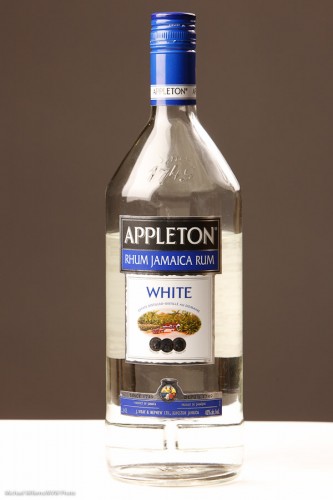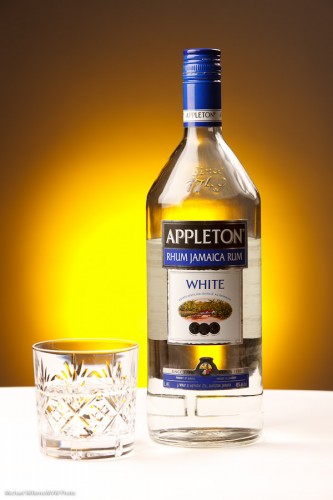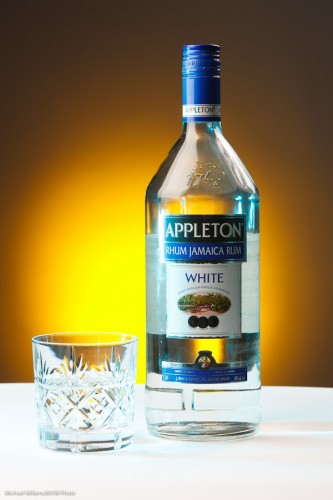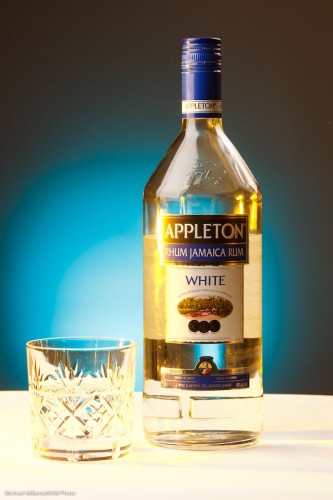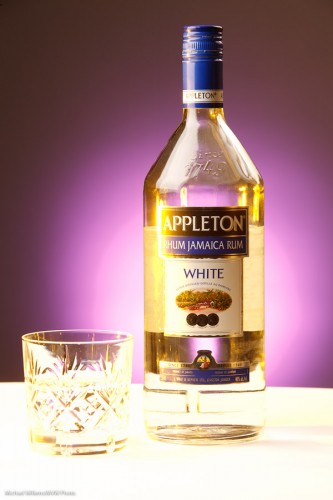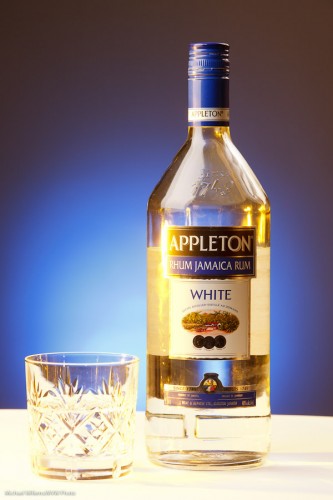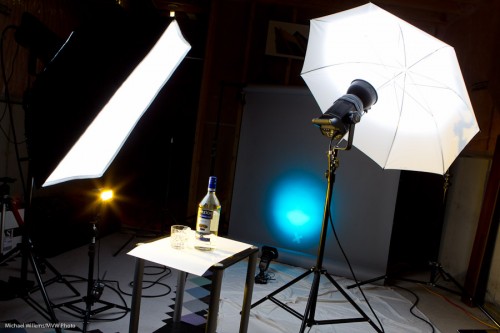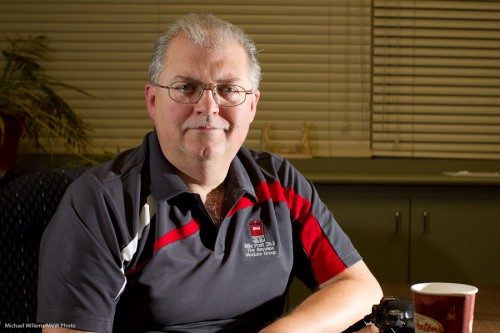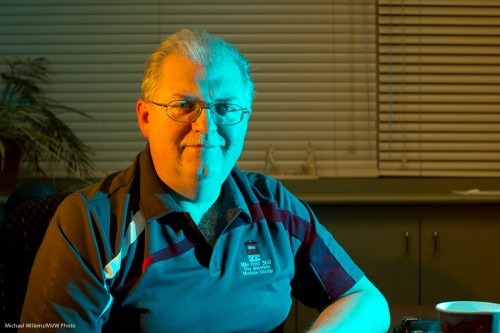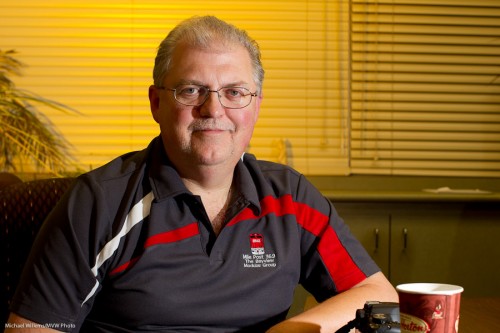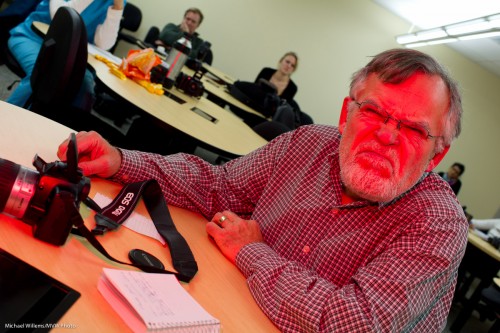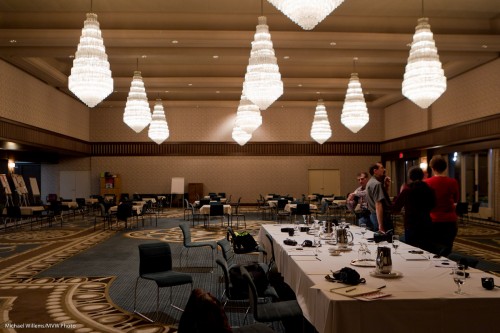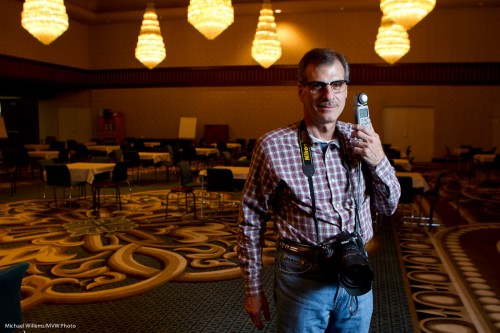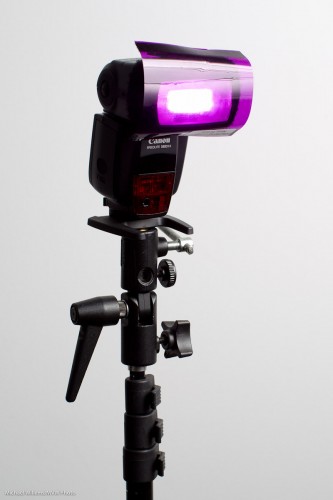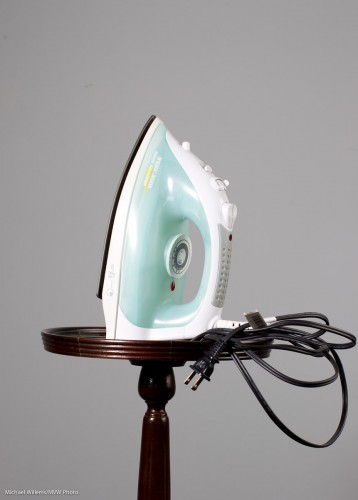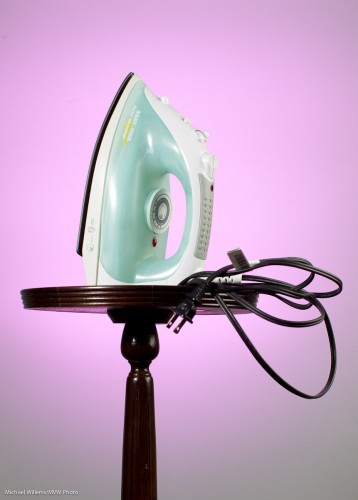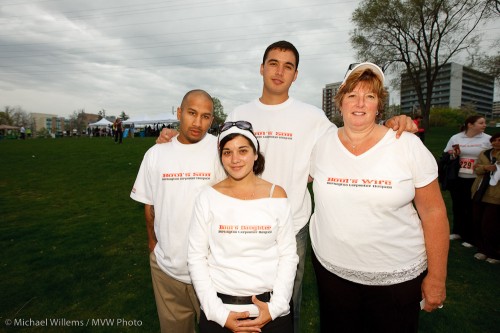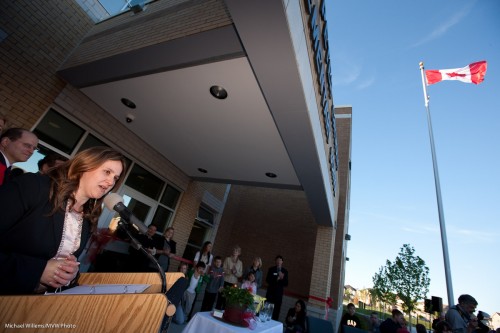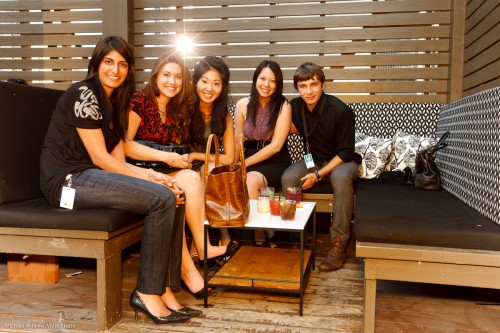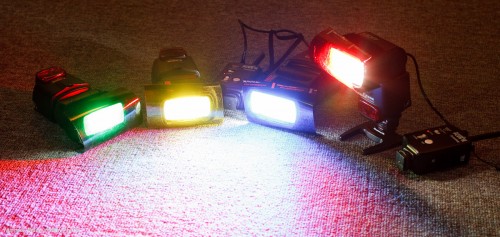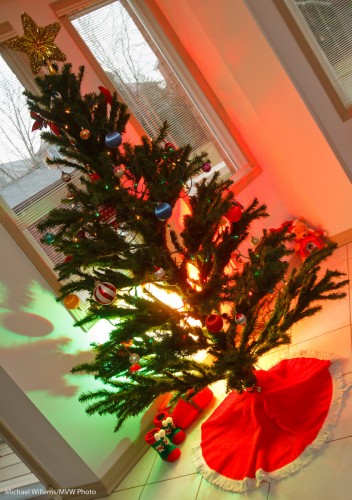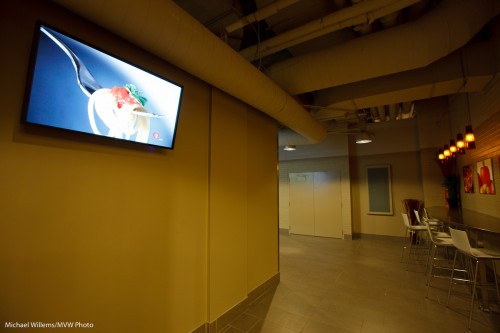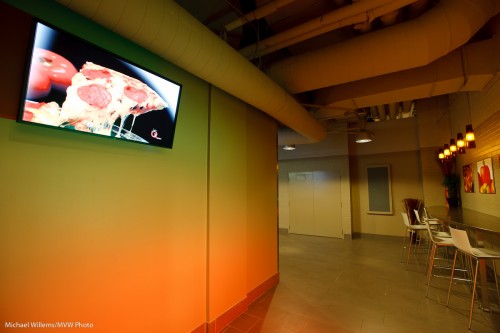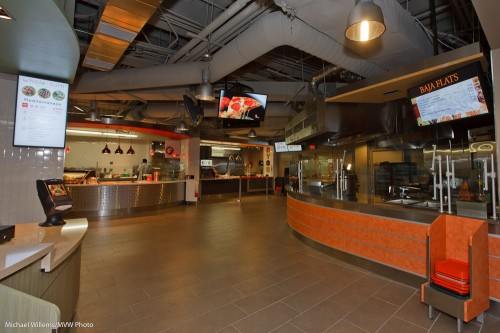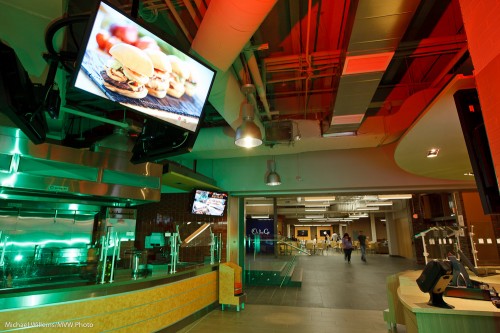I shot some demo product shots with my student Merav today, and I thought I would share them here to underline the importance of colour.
Here’s one, a simple one. Lit by a softbox on the leeft, an umbrella on the right, and against a grey backdrop. That gives us this:
Bit boring? Yes it is. So I add a gridded, “egg-yolk yellow” gelled speedlight aiming at the background. (I use the excellent Honl Photo grids, gels, and other small flash modifiers):
Much better. Then we added another light – a green-blue gelled speedlight shining in from the left:
Then we reversed the gel colours:
Then, tried another background colour, rose purple:
And finally got to a background coloured Just Blue, which had been Merav’s idea all along:
Which one did you prefer? Can you see how different they all are?
To shoot this I used this setup:
This works as follows:
- Put the bottle on a table, with white paper underneath
- Put up a grey backdrop, far from the bottle so it does not get any light
- Get the main lights right – use a light meter to set them to your desired values (I used f/9 and 1/125th second at 200 ISO). Main strobe is fired with Pocketwizard; secondary strobe by its cell.
- Add a background light: a small flash also fired by a Pocketwizard, through a Flashzebra cable. Set to 1.4 power. Equipped with a 1/4″ Honl grid and a gel.
- Add a side light: a small flash also fired by a Pocketwizard, through a Flashzebra cable. Set to 1/4 power. Equipped with a gel.
Simple. Once you know!
Why the rum? It was the only bottle I had in the house. Amazingly, for the first time I can remember, I had not a single bottle of beer or wine or anything else available in the house. Time to hit the liqor store!

